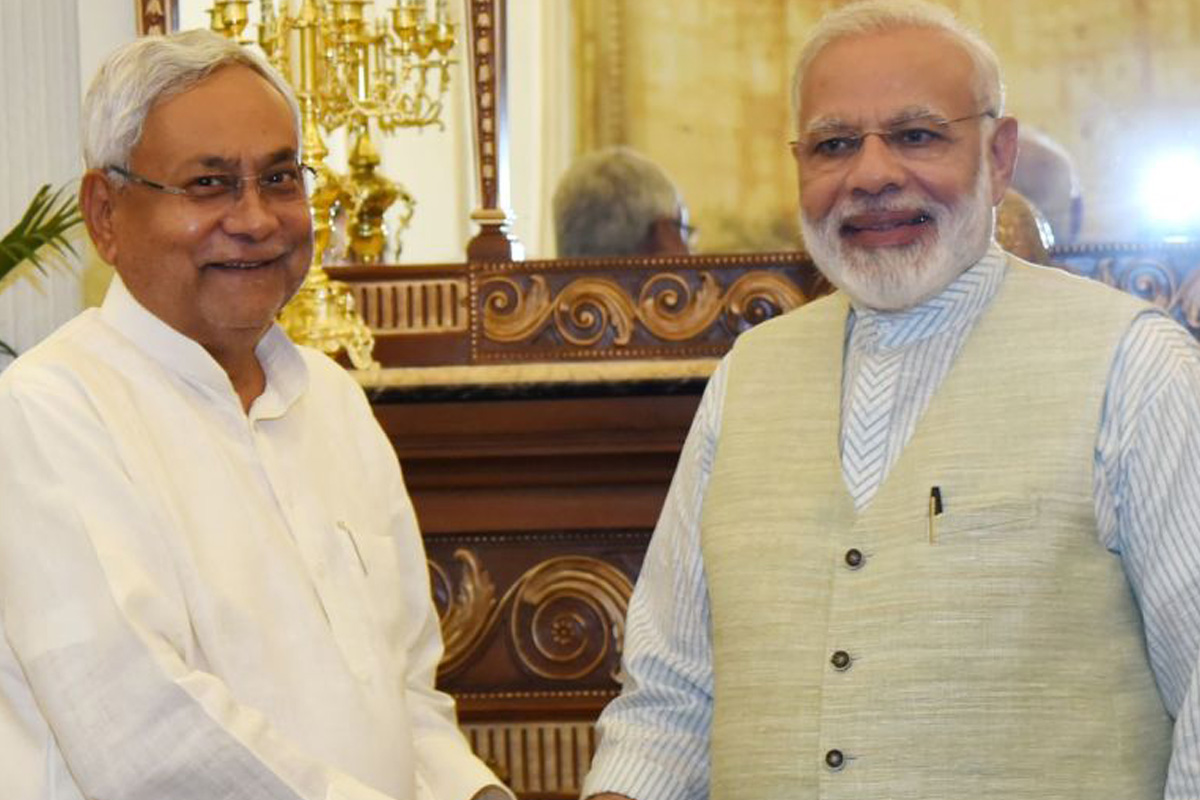Finance Minister Nirmala Sitharaman announced an extravagant package for Bihar as she presented Union Budget 2024-25 on Tuesday. Sitharaman unveiled a comprehensive plan to bolster infrastructure and development initiatives in the state.
In what is being seen as a move to keep the crucial NDA ally and Bihar Chief Minister Nitish Kumar happy, Sitharaman announced a whopping 26,000 crore package for several development projects in Bihar.
Advertisement
Highlighting her government’s commitment to enhancing connectivity and industrial growth, Sitharaman announced support for the Amritsar-Kolkata industrial corridor, with plans to establish an industrial nod at Gaya. She also detailed ambitious road connectivity projects, including the Patna-Purnia Expressway, Buxar-Bagalpur Expressway, and others, along with the construction of a two-lane bridge over the Ganga at Buxar, collectively costing Rs 26,000 crore.
The Finance Minister further underscored significant investments in power infrastructure, earmarking Rs 21,400 crore for a new 2,400 megawatt power plant in Pirpainti. She emphasized the development of new airports, medical colleges, and sports facilities across Bihar, alongside additional allocations to support capital investments and expedite external assistance requests from multilateral development banks.
“Power projects, including setting up of a new 2,400 MW power plant at Pirpainti, will be taken up at the cost of Rs 21,400 crore. New airports, medical colleges and sports infrastructure in Bihar will be constructed. The requests of Bihar Govt for external assistance from multilateral development banks will be expedited…,” the finance minister announced.
Addressing Bihar’s flood management needs, Sitharaman allocated Rs 11,500 crore for flood management and related projects. “Bihar has frequently suffered from floods. Plans to build flood control structures in Nepal are yet to progress. Our government will provide financial support with an estimated cost of Rs 11,500 crore…,” she said.
Ms Sitharaman also provided funds for enhancing temple corridors at iconic sites like Nihar and implementing the Kashi Model in Bodh Gaya. Special provisions were made for the Rajgir Jain Temple site, reflecting the government’s focus on both infrastructure development and cultural preservation in the region, she said.











